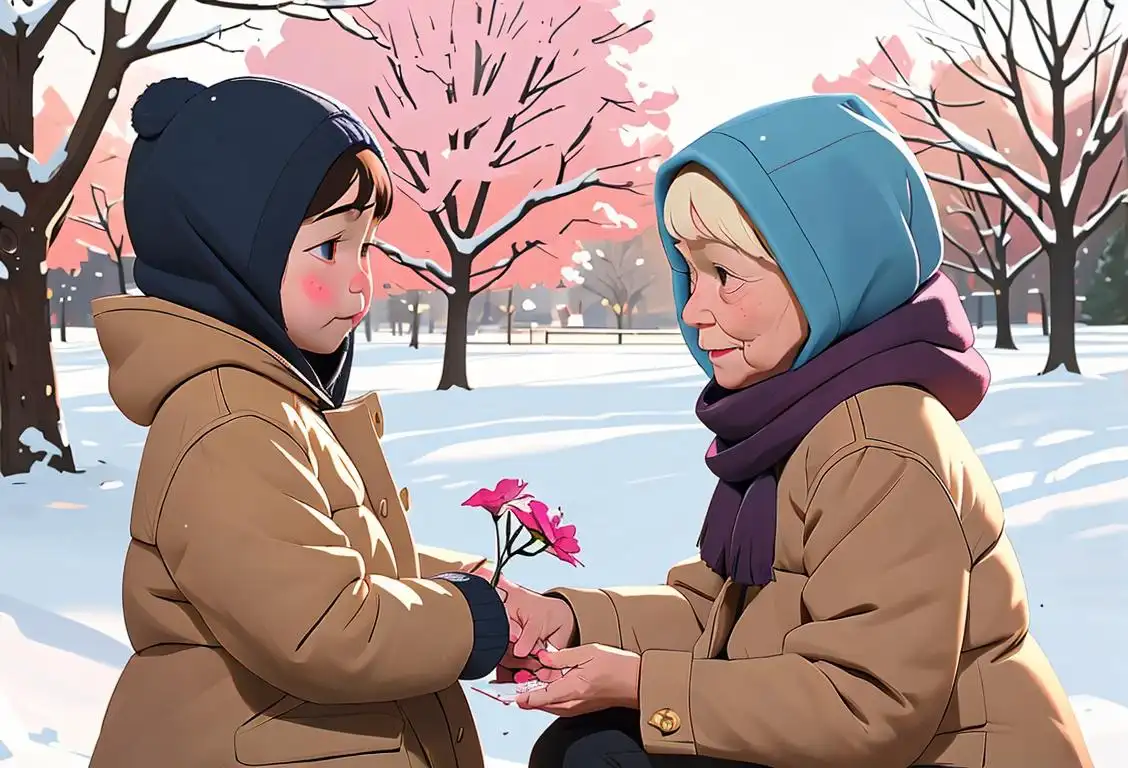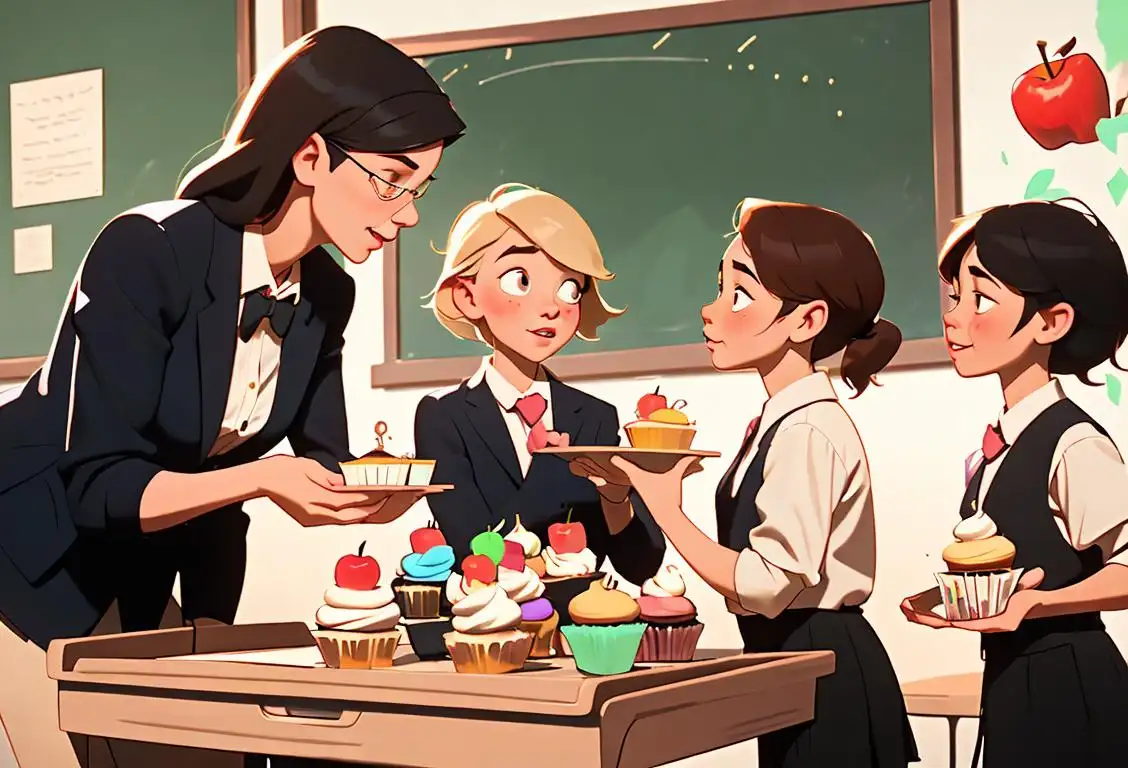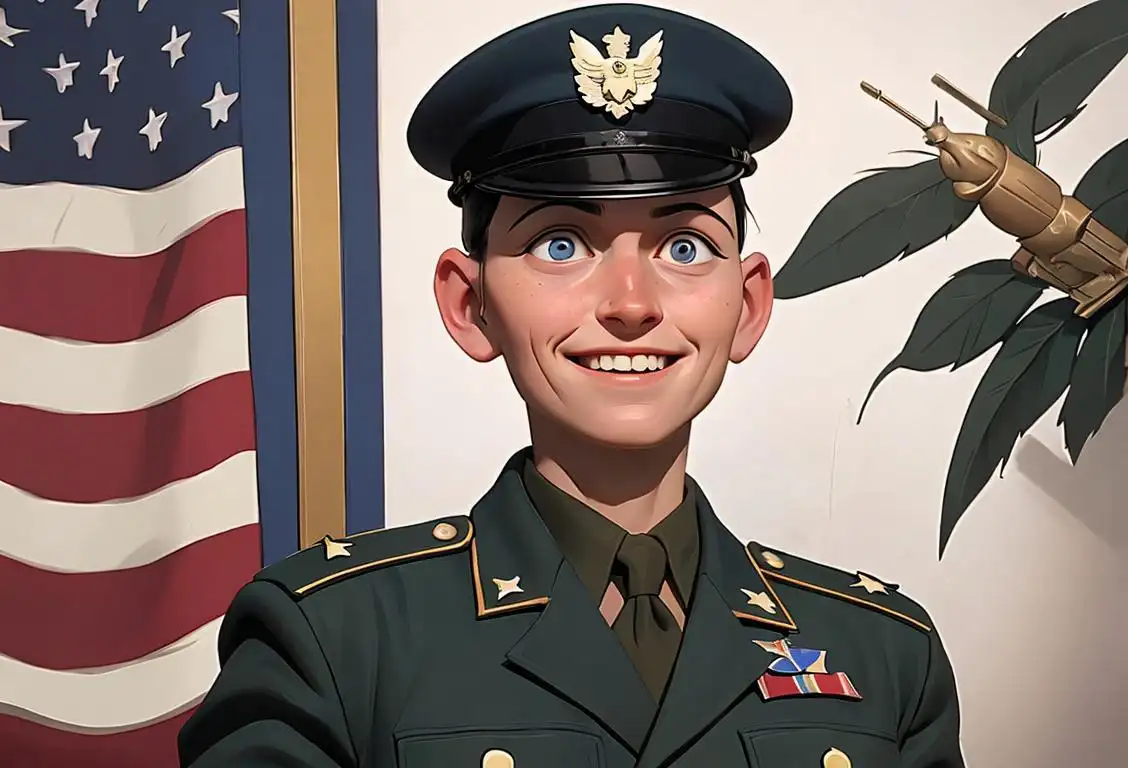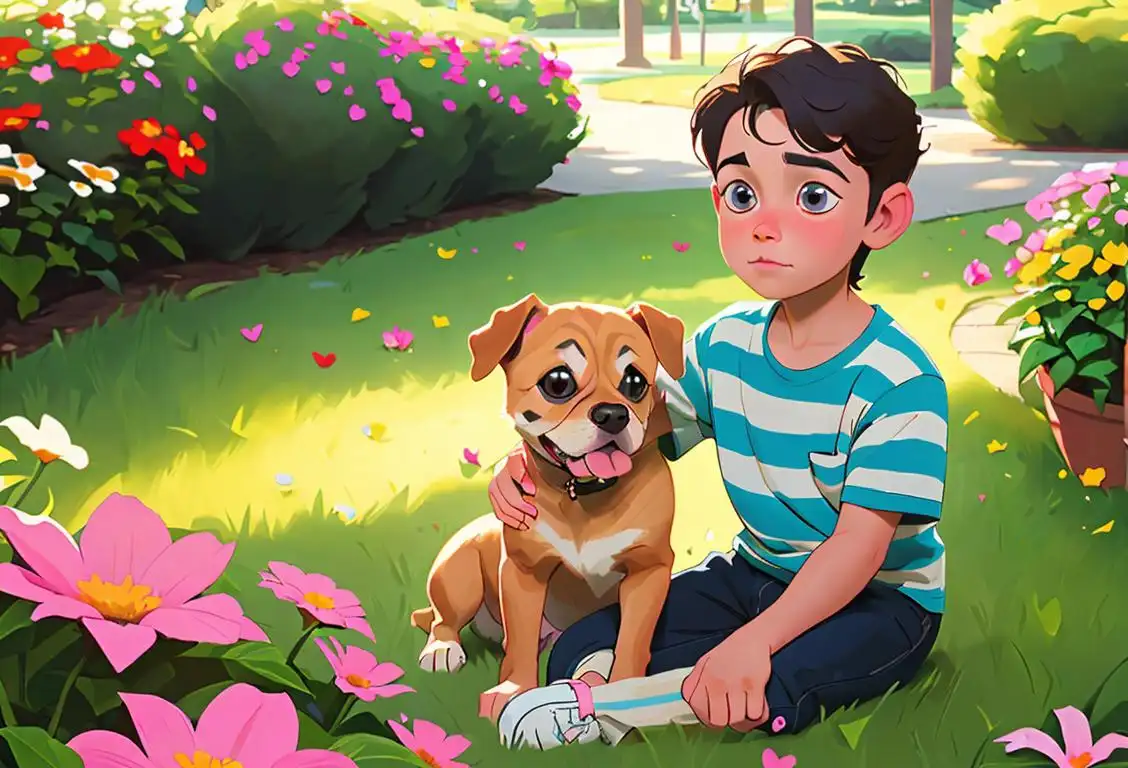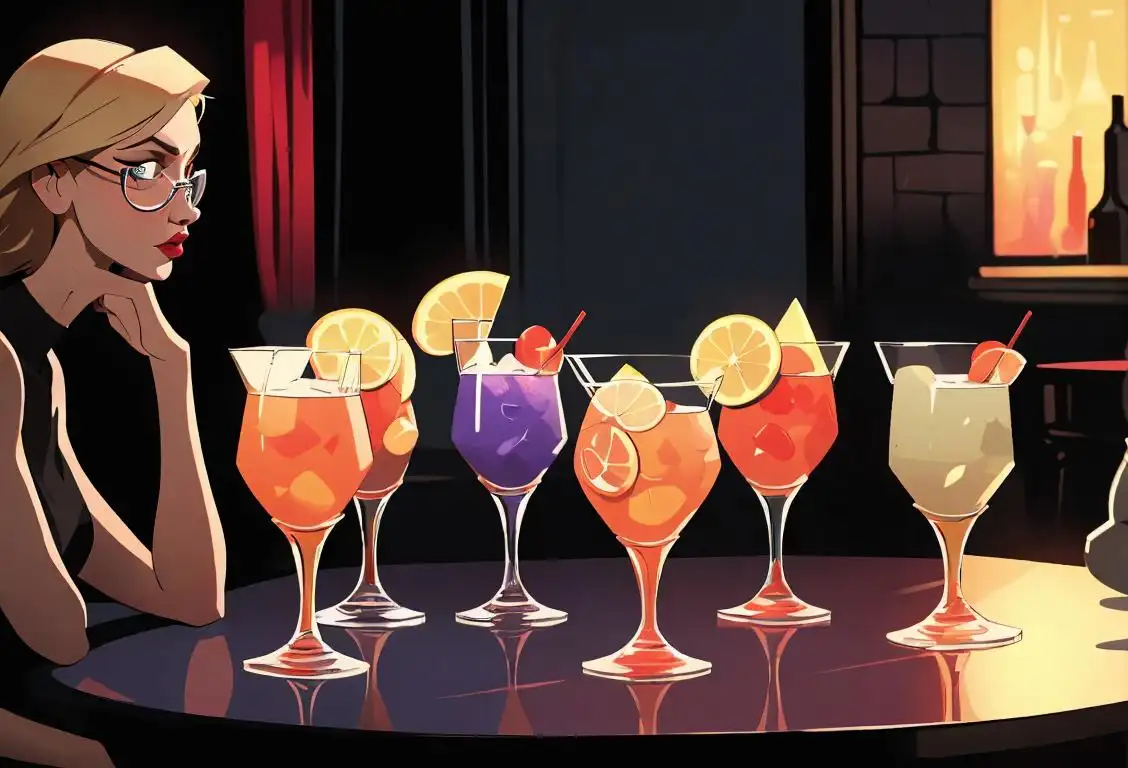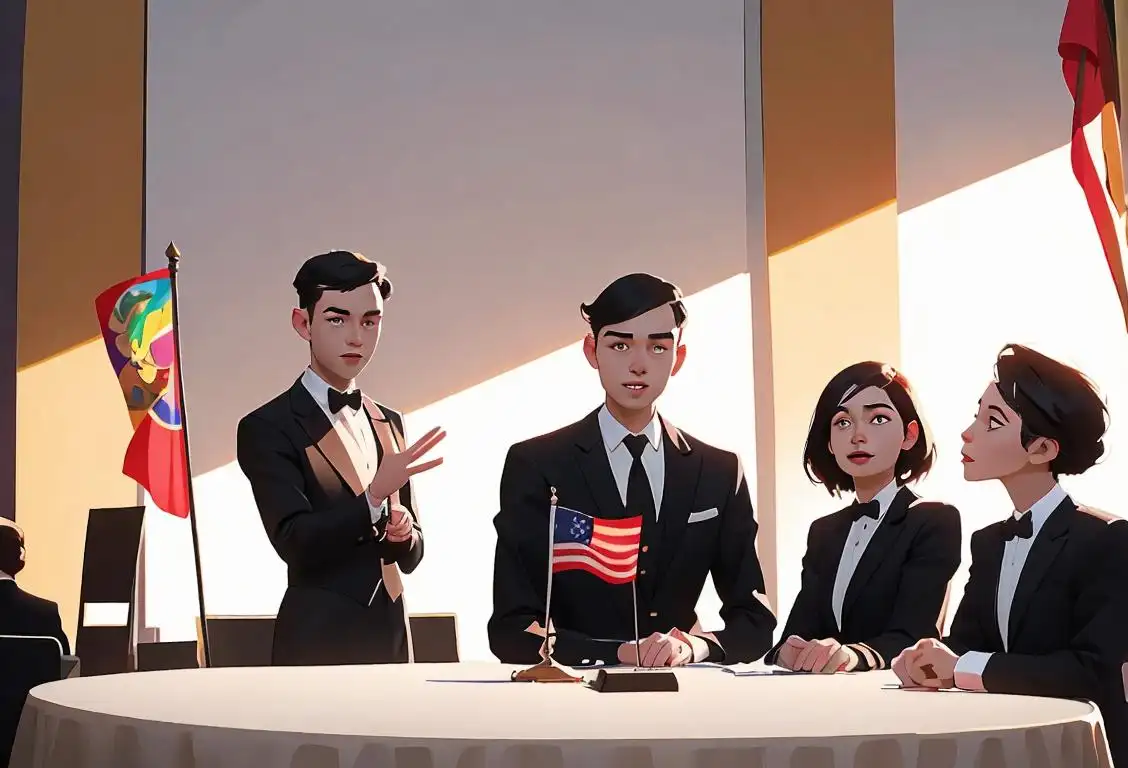National Sticker Day
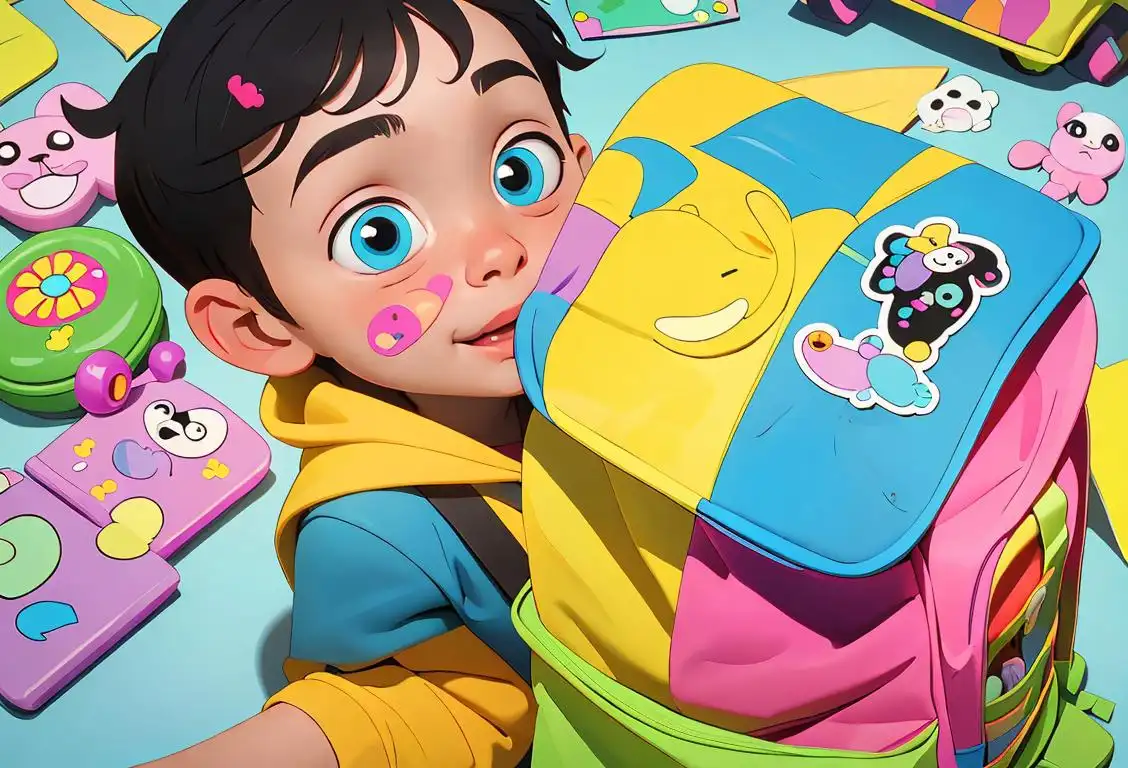
Stickers- the possessor of the magical power to turn mundane objects into something quirky and interesting, staples of every kid's backpack, fridge door, and the 'oops, I messed up this painting, but I can still make it cool' go-to. Today, we're peeling back the layers (see what we did there?) on National Sticker Day. So, stick around as we unroll this tale (we promise, that's the last of the sticker puns).
When is Sticker Day?
It's national sticker day on the 13th January.
Sticking it to the Man: The Origin of National Sticker Day
National Sticker Day takes the stage every year on January 13th, commemorating the sticker-gineering feats and sticky situations from our past. Can you believe it only stepped into the spotlight recently? Our data points towards a significant online interest surge in 2021 with a whopping 2754 mentions- that's a lot of sticker love.
The Story Beneath the Peel
Stickers have a colorful history that dates back to the ancient Egyptians (they totally started it) who used 'stickers' made from paper and a sticky gum substance to display prices on their goods. But we can't pay homage to the ancients without mentioning Sir Rowland Hill who invented a simple yet groundbreaking 'sticker': the postage stamp in 1839. Talk about sticking to innovation!
Celebrate with Stick-to-itiveness
How do we celebrate National Sticker Day? By letting our creativity run wild with a sheet of stickers. Yes, your laptop needs some sticker personality. Create a memory book of your past travels using stickers. Or how about spending a lazy afternoon sticking and swapping stickers with your kids? Stickers aren't just for patching up art projects gone wrong anymore. They're the glue that keeps our life full of color and fun.
History behind the term 'Sticker'
1925
The birth of the sticker
In 1925, the term 'sticker' emerged with the introduction of a new adhesive product. A chemical engineer named R. Stanton Avery invented a self-adhesive label, which he called a 'sticker.' These early stickers had a wide variety of uses, from labeling products to organizing documents. Avery's invention revolutionized labeling and marking systems, providing a convenient and versatile way to stick things together.
1930
Stickers hit the road
In the 1930s, stickers found a new purpose: advertising on automobiles. Businesses realized the potential of utilizing the large surface area of cars for promotional purposes. Vinyl stickers with catchy slogans and logos started appearing on bumpers and windows, effectively turning vehicles into moving billboards. This creative marketing strategy gained popularity, becoming an integral part of the advertising industry.
1950
Stickers conquer pop culture
The 1950s marked the rise of stickers in pop culture. Children and teenagers became avid collectors of stickers featuring various themes such as superheroes, cartoons, and rock bands. Sticker albums and trading cards became immensely popular, allowing enthusiasts to curate their collections and swap duplicates. Stickers became a means of self-expression and a form of personal identification among youth.
1960
Political activism through stickers
During the 1960s, stickers served as a powerful medium for political activism. The counterculture movement, anti-war protests, and civil rights campaigns utilized stickers to spread messages and raise awareness. Political slogans, peace signs, and provocative artwork adorned walls, signs, and vehicles, allowing individuals to express their dissent and support various causes.
1980
Stickers in the digital age
With the advent of personal computers and desktop publishing tools in the 1980s, sticker production became more accessible. Users could design and print their own stickers at home, contributing to the customization craze. Additionally, the rise of online communities and social media platforms further propelled the popularity of stickers as a form of digital communication. Emoticon stickers and animated GIF stickers became widely used in digital conversations, adding a touch of fun and expressiveness to online interactions.
Did you know?
Did you know that the first self-adhesive postage stamp, the Penny Black, was introduced as a part of a comprehensive reform of the postal system in the UK? Now that's sticking to progress!Tagged
awareness fun history family creative stickersFirst identified
11th January 2016Most mentioned on
13th January 2021Total mentions
2754Other days
Sticker Day
Parents Day
Random Acts Of Kindness Day
Teacher Appreciation Day
Memorial Day
Former Prisoner Of War Recognition Day
Liberation Day
Love Your Pet Day
Vodka Day
Convention Day

